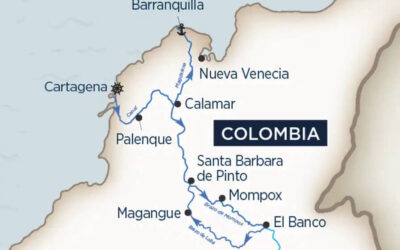By Paige Okun
It was the first morning of our Greek island cruise. The sun rose over the Aegean Sea, and I was feeling relaxed and ready for a day of island hopping — until I reached for my phone and found it at 5% battery. I rifled through my backpack in panic. Then my duffle bag. Then my husband’s duffle bag.
It hit me like a wave: I had forgotten to pack a power adapter for Europe. My charger sat uselessly in my hand, its two flat prongs completely incompatible with the round-pin sockets in our cabin. That moment taught me a valuable travel lesson …
When you’re cruising internationally, knowing what converters and adapters you need is just as essential as sunscreen or your passport.
If you’re preparing for a cruise, especially one based outside of your home country, it’s important to understand how electrical systems work around the world and what kind of gear you’ll need to keep your devices charged.
Here’s everything you need to know about cruise ship adapters and related device paraphernalia.
First, What’s the Difference Between Adapters, Chargers and Converters?
Before we dive into specifics on cruise ship adapters and converters, let’s clarify these three often-confused terms:
Adapters
These are simple devices that allow you to physically fit your plug into a different shaped outlet. They don’t change the electrical current — just the plug shape. For example, if you’re from the U.S. and visiting Europe, the best cruise ship adapters will let your flat-pronged plug fit into Europe’s round-pronged sockets.
Chargers
A charger is used to infuse energy into your gadget’s internal power source; in other words, to recharge your battery. A charger typically comes with your phone or gadget when purchased.
Converters
These actually change the voltage of electricity. If your device only runs on 110V (common in the U.S. and Canada), and you plug it into a 220V outlet (common in Europe and Asia), a converter will prevent it from frying.
That said, many modern electronics — like phone chargers, laptops, and camera chargers — are dual voltage, meaning they work with both 110V and 220V because the conversion is automatic; it’s baked in.
Always check your device label before deciding if you need a converter; it’s unlikely you’ll need one.
The Charging Basics: USB Cables and Ports
Most of us now carry devices — phones, tablets, Bluetooth headphones — that charge via USB cables.
The most common types are:
USB-A: The classic rectangular plug, still widely used.
USB-C: A newer, reversible plug that supports faster charging.
Lightning: Apple’s proprietary connector used in iPhones and older iPads.
Because these cables typically plug into a charging brick (which then goes into the wall), you’ll need to consider both the cable and the power source.
Newer cruise ships — including small Quirky Cruises — often offer USB ports in bedside lamps or headboards.
Further, newer ships may have universal built-in plug points that accept all plugs. But this isn’t a given especially on older ships; and also in the hotels you may be staying at before or after your cruise.
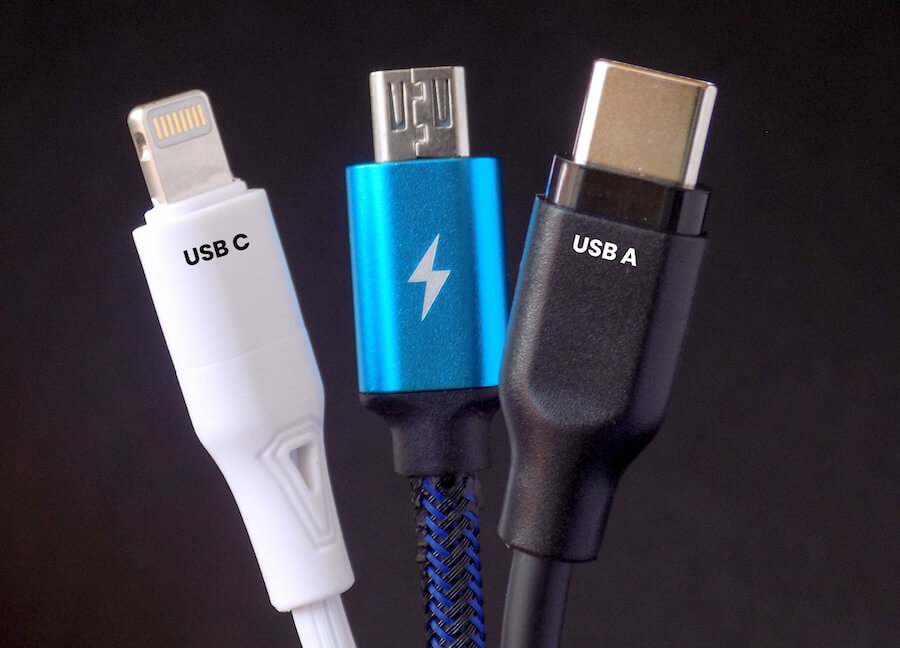
Three types of USB charging cables.
Understanding Voltage Around the World
North America (U.S., Canada, Caribbean):
Standard voltage is 110-120V
Europe, Asia, most of the world:
Standard voltage is 220-240V
If your device says something like “Input: 100-240V, 50/60Hz,” it’s dual voltage, and all you need is an adapter. If it only says “Input: 120V,” then you’ll need a converter in a 220V region.
Common Plug Types
Here’s a quick overview of plug shapes you might encounter:
Type A/B (USA, Canada): Flat parallel prongs. Type B includes a round grounding pin.
Type C (Europe, South America, parts of Asia): Two round prongs, very common.
Type G (UK, Ireland, some cruise ships): Three large rectangular prongs.
Type D (India): Three large round pins in a triangle.
Type I (Australia, New Zealand, China): Slanted flat prongs, sometimes with a grounding pin.
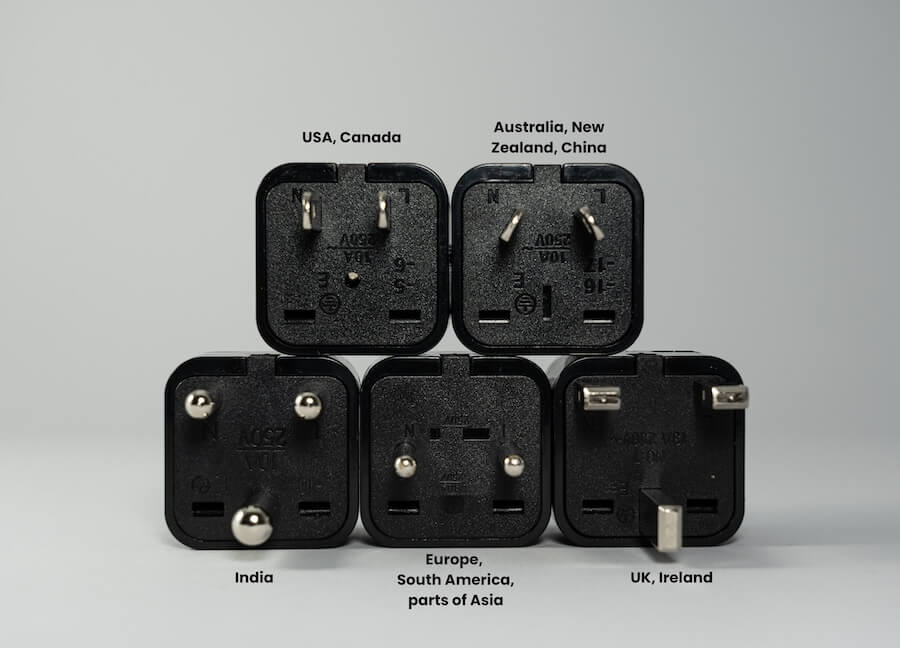
5 types of prongs
Onboard Charging: Modern Ships vs. Classic Ships
Newer cruise ships (for example, the latest river boats or luxury expedition ships), especially those launched in the last decade or that are newly refurbished, often resemble boutique hotels — with bedside USB ports, multiple international outlets, and even wireless charging pads.
Small-ship cruises, however, can vary widely. Some are retrofitted with modern amenities, while others keep things simple.
It’s always best to check your cruise line’s website or email them directly to find out what types of plugs are available in your cabin.
To get started, here’s a general breakdown of plug types by region.
Europe
Small-ship cruises along the Danube, Rhine, or Mediterranean often have Type C (two round prong) or Type F (two round prong with grounding clips) outlets, and most cabins run on 220V.
Bring a European adapter, and check if your gear is dual voltage.
United States
Domestic cruises (including Alaska, Hawaii, and U.S. rivers and coastal cruise lines) will use Type A/B plugs and 110V.
If you’re from the U.S. or Canada, you won’t need any adapters or converters here.
Canada
Canadian ports and ships use the same system as the U.S.: Type A/B plugs and 110V.
No adapters needed for North American travelers.
Caribbean
Ships sailing out of Miami, San Juan, or other Caribbean hubs typically cater to American travelers and use 110V, Type A/B plugs. However, some regional island hotels or ports (especially non-U.S. territories) might use European-style plugs.
Your ship will almost certainly be American-standard, but check your pre- and post-cruise hotel stays.
Arctic
Small expedition ships sailing around Greenland, Svalbard, or the Norwegian coast may use Type C/F plugs and 220V (especially if they’re European-flagged).
Bring a European adapter and ensure your devices are dual voltage.
Antarctica
Cruises to Antarctica often originate in Argentina (Ushuaia) or Chile, and many ships are chartered from Europe. Expect Type C or Type F outlets and 220V power.
If you’re on a small expedition ship, USB ports are hit-or-miss — bring your own adapter and possibly a multi-port USB charging hub.
India
Indian river cruises often use Type D outlets and 220V.
Type D plugs are uncommon outside of India, so if your cruise is local or India-based, bring a Type D adapter specifically.
Southeast Asia
Cruises in Vietnam, Thailand, Indonesia, and surrounding areas may use Type C, G, or A plugs depending on the ship’s origin and port. Most ships will use 220V power.
Because of the regional variation, a universal adapter is a smart choice here.
Adapter Related Packing Tips
- Bring a Universal Adapter: A single unit with sliding or interchangeable prongs covers you for nearly all plug types.
- Check for USB Ports Before You Go: If your cabin has built-in USB ports, that might reduce what you need to bring.
- Carry a Multi-USB Charging Hub: These are lifesavers when there’s only one outlet in your room.
- Don’t Use Power Strips: Many cruise lines ban them for safety reasons.
- Label Your Devices: Note voltage and origin, especially if sharing chargers in a group.
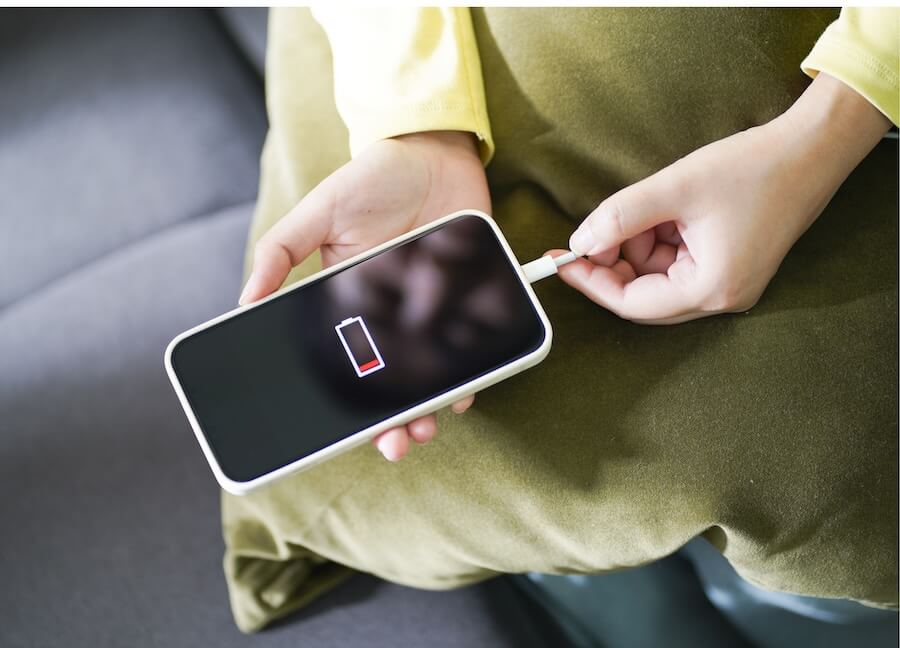
Don’t be caught with a dead device!
Universal Adaptor Options
A good quality universal adaptor is a great travel accessory and your best all-in-one option to fulfill your cruise ship adapter needs (and they make great gifts too, by the way).
Some small-ship cruise lines will have adapters you can borrow during the cruise and some may sell them in their shops; but it’s not a sure thing. It’s best to bring your own so you’re not stressed out about charging your devices.
When it comes to cruise ship adapters, here are two brands “plugged” by the New York Times and Wired to consider:
Ceptics International Travel Adapter Plug Set
Epicka Universal Travel Adapter
You can always go to Amazon and find lots of options, but remember, you get what you pay for, and super cheap low-quality universal adaptors may not have staying power.
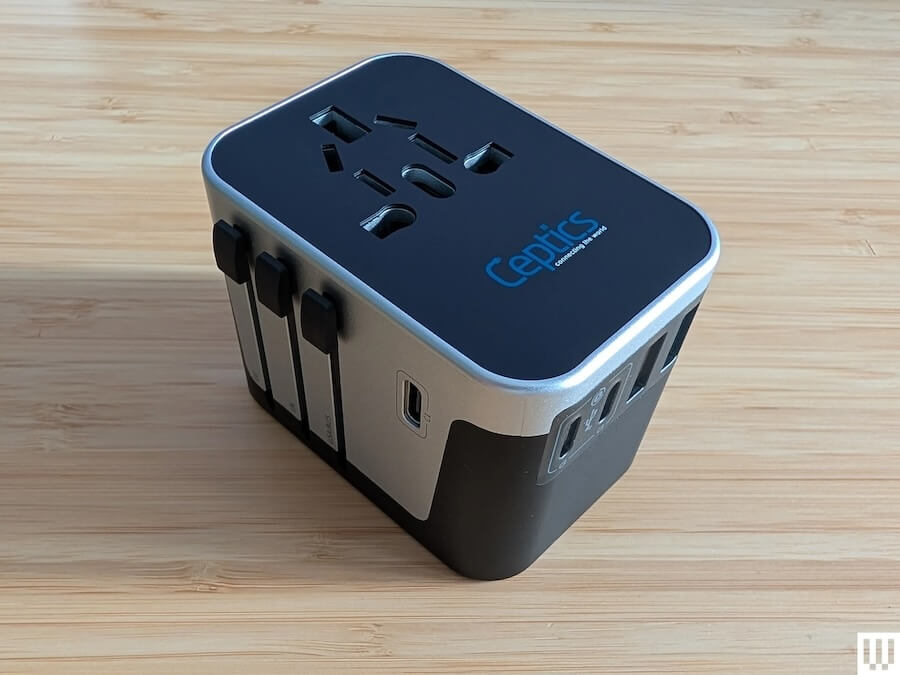
Ceptics 6-in-1-Worldwide Travel Adapter. * Photo: Simon Hill
Hope you found this overview of cruise ship adapters useful!
Forgetting an adapter once taught me the hard way — but now I never board without a checklist. On a cruise, especially when at sea or in a remote river, canal or coastal area with no easy access to shops, the right adapter can make the difference between staying connected and going dark.
A little prep goes a long way to ensure your trip stays charged — literally. And that means cruising with a good quality universal adaptor to be prepared for anything.
Paige Okun is an American writer currently based in Singapore.
![]()

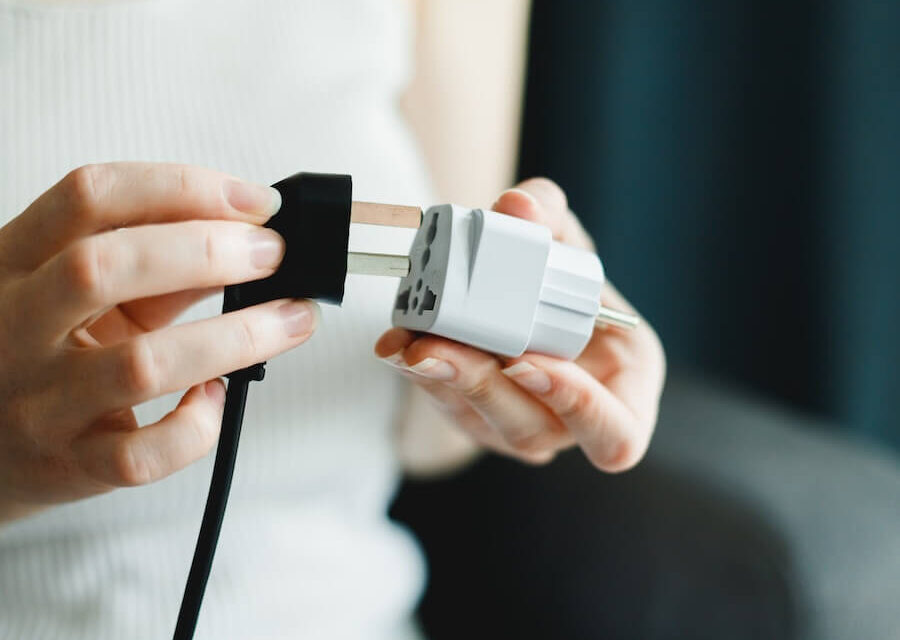


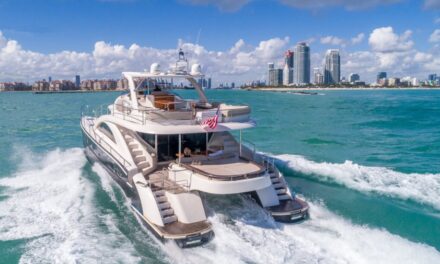









 HEIDI SARNA
HEIDI SARNA

